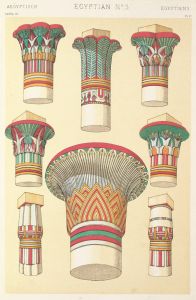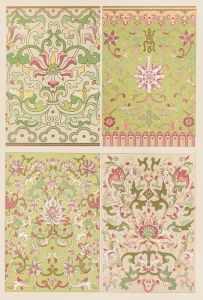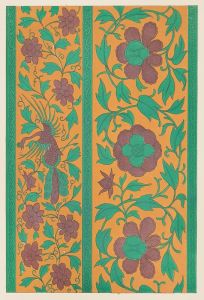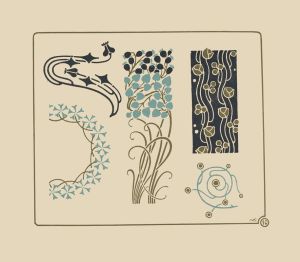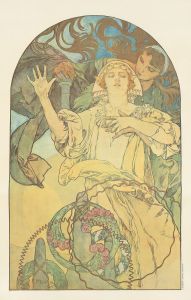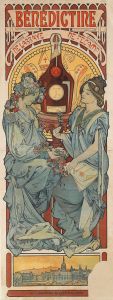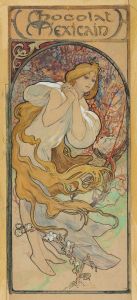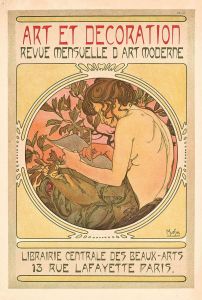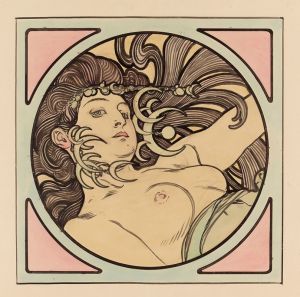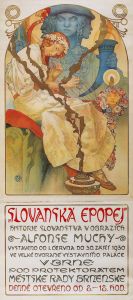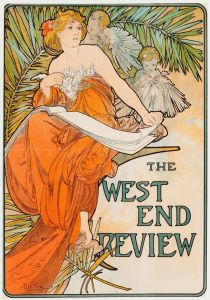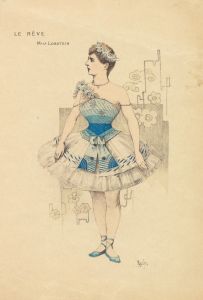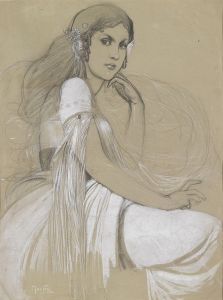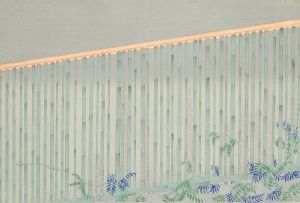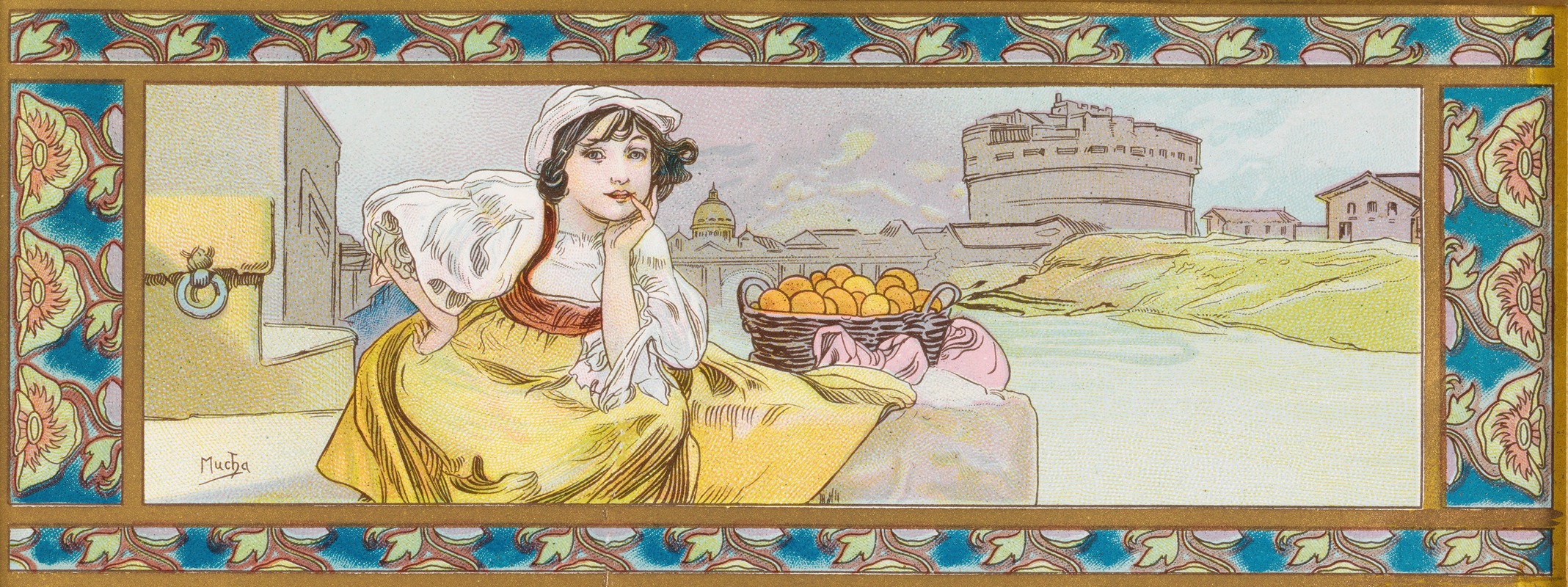
Design for a box of Lefèvre-Utile biscuits
A hand-painted replica of Alphonse Mucha’s masterpiece Design for a box of Lefèvre-Utile biscuits, meticulously crafted by professional artists to capture the true essence of the original. Each piece is created with museum-quality canvas and rare mineral pigments, carefully painted by experienced artists with delicate brushstrokes and rich, layered colors to perfectly recreate the texture of the original artwork. Unlike machine-printed reproductions, this hand-painted version brings the painting to life, infused with the artist’s emotions and skill in every stroke. Whether for personal collection or home decoration, it instantly elevates the artistic atmosphere of any space.
Alphonse Mucha, a renowned Czech artist, is celebrated for his significant contributions to the Art Nouveau movement, particularly through his distinctive and elegant designs that often featured graceful figures, intricate patterns, and harmonious compositions. One of his notable works is the design for a box of Lefèvre-Utile biscuits, a project that exemplifies his artistic style and commercial success.
Lefèvre-Utile, commonly known as LU, is a French biscuit company founded in 1846 by Jean-Romain Lefèvre and Pauline-Isabelle Utile in Nantes, France. By the late 19th century, the company had gained prominence for its high-quality biscuits and innovative marketing strategies. To enhance its brand image and appeal to a broader audience, LU collaborated with prominent artists of the time to create visually striking packaging designs.
In 1896, Alphonse Mucha was commissioned to design a box for Lefèvre-Utile biscuits. This collaboration was part of a broader trend during the Belle Époque period, where art and commerce intersected, and artists were increasingly involved in advertising and product design. Mucha's work for LU is a quintessential example of this trend, showcasing how art could be used to elevate everyday consumer goods.
Mucha's design for the Lefèvre-Utile biscuit box features his signature style, characterized by flowing lines, ornate details, and a harmonious composition. The artwork typically includes a central female figure, a common motif in Mucha's work, symbolizing beauty and elegance. The figure is often surrounded by intricate floral patterns and decorative elements that frame the composition and draw the viewer's eye. Mucha's use of soft, muted colors and delicate shading adds to the overall aesthetic appeal, creating a sense of refinement and sophistication.
The design not only served as an effective marketing tool for LU but also contributed to Mucha's growing reputation as a master of commercial art. His ability to blend artistic creativity with commercial appeal made him a sought-after artist for advertising and product design during this period. The collaboration with Lefèvre-Utile is just one example of how Mucha's work transcended traditional art forms and found a place in the burgeoning world of consumer culture.
Mucha's designs for commercial products, including the Lefèvre-Utile biscuit box, played a significant role in popularizing the Art Nouveau style. His work influenced a generation of artists and designers, leaving a lasting impact on the visual culture of the early 20th century. Today, Mucha's designs are celebrated for their artistic merit and historical significance, and they continue to be admired for their beauty and innovation.
In summary, Alphonse Mucha's design for a box of Lefèvre-Utile biscuits is a testament to his artistic talent and his ability to merge art with commerce. The collaboration highlights the intersection of art and consumer culture during the Belle Époque period and underscores Mucha's enduring influence on the world of design.





